
The Business of Fashion
Agenda-setting intelligence, analysis and advice for the global fashion community.

Agenda-setting intelligence, analysis and advice for the global fashion community.
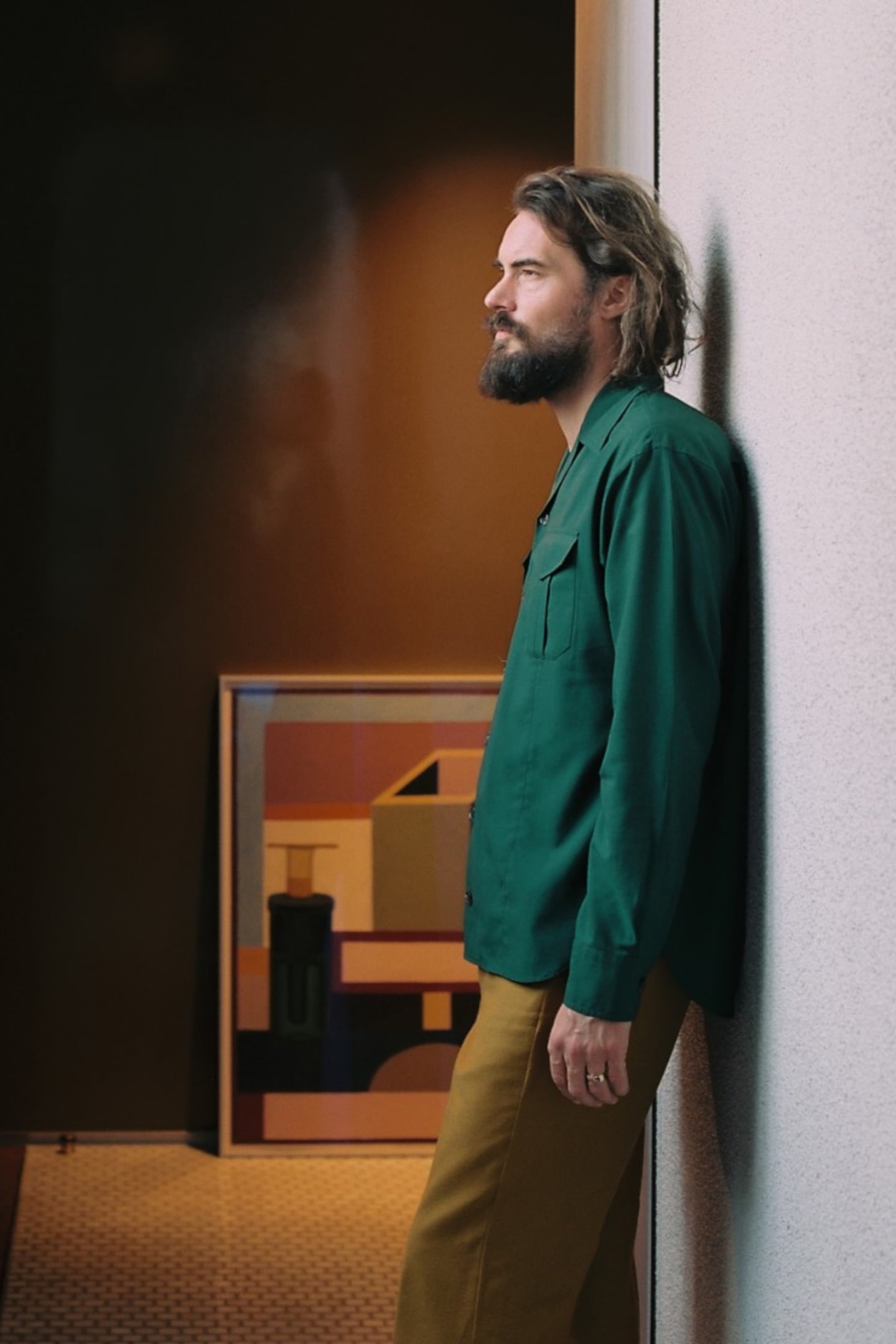
When I last spoke to the perfumer Barnabé Fillion, he was leaving artist Danh Vo’s farmhouse north of Berlin. During his visit, he’d helped with the garden and experimented with deriving essences from local plants like red currant using a portable C02 extractor — the process only yields a few drops, he said, but it’s enough to run an analysis on fragrance molecules later.
From Germany, Fillion was headed directly to Mexico City to monitor progress on his renovation of Casa Mobius, a modernist structure that he’s working to convert to an artist residency and exhibition space for his “institute of synesthesia” — the phrase which is both the tagline for his perfume brand, Arpa, and a declaration of his unique angle in the increasingly dynamic high-perfume space.
Synesthesia — the idea that senses intermingle, with smells and sounds evoking their own textures and colours — is a central tenet of the perfume industry’s promise that certain scents can unearth fantasies, memories, and desires in a way that’s both addictive and gratifying.
But while those connections are usually subliminally baked into the wildly free-associative (and often ridiculous) video ads and billboards for big-budget, highly gendered fragrances (think shirtless Adam Driver as a centaur, swimming at dawn) Fillion wants to make exploring those connections between the senses an end in itself.
ADVERTISEMENT
“Honestly I am not a big fan of the perfume market — I would even say I have an aversion to it,” Fillion said. “I think a lot of that’s because of the discourse perfume advertising links you to … To me it seemed obvious that you could do something different, to talk about perfume another way.”
For his new venture Arpa, which launched last year, the brand has forged collaborations with the worlds of art and music, commissioning sculptures, vinyl records and playlists to release alongside each scent, the idea being that the resulting works can both complement and influence users’ experience of what they are smelling.
It’s a natural extension of Fillion’s practice as a perfumer. As a storyteller and aesthete, he often functions as a one-stop shop for both the scent itself and the narrative that goes with it.
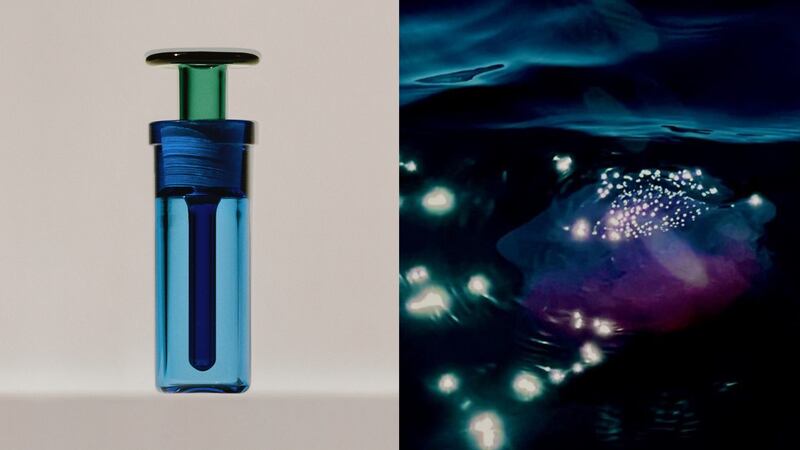
His latest scent, Manta, is meant to evoke the feeling of going through a cold spot while swimming. Fillion says it was inspired by a vision he had while meditating, of a manta ray crossing the sun, seen from underwater. Manta opens on notes of petitgrain and frankincense, giving cool and hot sensations at the same time, before settling on base notes of ambroxan and cedar. It was released in May along with two tracks by the musician Buvette and will get a chance to court the art world this fall when Arpa stages an exhibition inspired by the scent at the Galerie Chantal Crousel, featuring works by Dominique Gonzalez-Foerster.
The past year has been a breakout for Fillion: in addition to breaking ground on the house in Mexico, in the last 12 months he’s launched three perfumes for his main client, Aesop, four scents for Arpa and forged a buzzy partnership with the designer Rick Owens, who launched the collaboration during his Autumn/Winter 2022-2023 runway show by having models shoot one of his fragrances out of handheld fog-machine guns.
And while Fillion describes the self-funded venture Arpa as a passion project, the brand has already attracted 25 stockists for its perfumes, which are instantly recognisable for their apothecary-meets-Memphis School bottles by London glassblower Jochen Holz.
The perfumer is now weighing bringing on investors to help fuel its expansion as it prepares to open its first store next year.
Noses usually keep a low profile in the luxury industry — often working in the shadows as employees of big fragrance suppliers like Switzerland’s Givaudan or France’s IFF for decades before getting the opportunity to set out on their own.
ADVERTISEMENT
But Fillion has never aspired to be cooped up in a laboratory. After dropping out of school at 17 to become a model and photographer, he worked as an assistant to Helmut Newton before going on to study aromatherapy and herbal medicine. A photography book focused on his long-time obsession with synesthesia put him in touch with Victoire Gobin-Daudé (a former dancer-turned-nose who was a pioneer of independent perfume), who became a mentor. He also trained with the perfumer Christine Nagel (who created hit perfumes including Armani “Sì” and Dolce & Gabbana’s “The One” before going in-house at Hermès).
Fillion’s early projects in perfume included scents for Paul Smith and Le Labo, which he juggled with working as a consultant to Royal Salute whiskey and Pernod Ricard’s gin division.
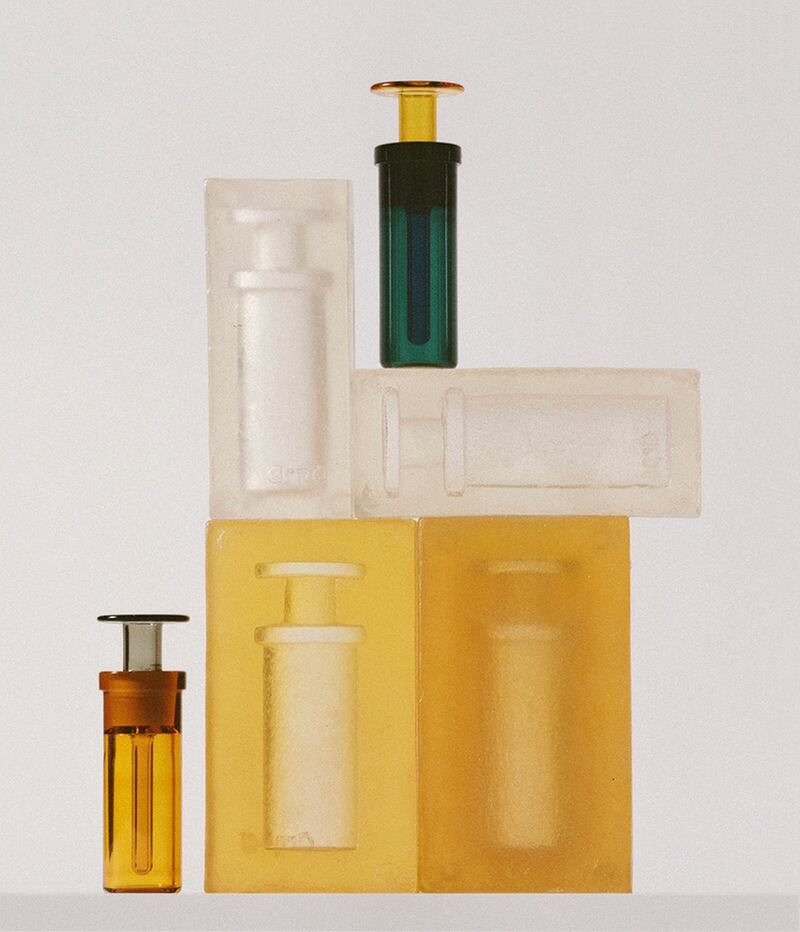
Fillion’s biggest break came when he was tapped by Australian cosmetics brand Aesop, where he was brought on to reformulate an early push into perfume called Marrakech. The resulting scent, Marrakech Intense, added rhythm, structure and performance to what had previously been effectively a blend of essential oils — and remains the foundation of Aesop’s perfume line.
He went on to work closely with Aesop’s founder, Dennis Paphitis to establish a full range of perfumes, room sprays and candles. With scents like Marrakech Intense, Hwyl, Rozu and a new trio called “Othertopias” released last year, Fillion has established an herbaceous, spicy and resiny identity for the brand with notes like green peppercorns, Hinoki wood, juniper and cumin — natural components that remain true to Aesop’s organic ethos, as well as inspiring globetrotting, all-natural selling points for the juices.
“Dennis, like me, had an aversion to most of the industry,” Fillion said. Aesop’s success in perfume has been about “avoiding a heavy marketing approach,” replacing campaigns with simple storytelling that links the ingredients to travel-inspired narratives. “It’s about exploration, intimacy and authenticity. We invite people to develop their senses.”
Fillion’s quiet charisma, natural sense of style and touche-à-tout curiosity have opened doors in fashion, design, architecture, and art. Add to his list of calling cards an eye-catching, retro-futuristic bottle for Arpa; and a studio in the Paris suburb of Pantin designed by Aesop’s go-to architect Jean-Philippe Bonnefois — where collectible designs by Gae Aulenti and Gerrit Rietveld sit alongside custom furnishings in stainless steel and travertine.
“Barnabé is a true aesthete with exquisite taste,” said Rick Owens, who, having taken notice of Fillion’s work for Aesop and Arpa, decided to contact him directly for their perfume collaboration, circumventing the blind-tasting cells and marketing briefs that usually guide fashion brands’ participation in the category.
Fillion ended up helping to broker a deal with Aesop for a limited-run, co-branded Rick Owens perfume called Stoic, in which the perfumer included a heady mix of black pepper, herbs and elemi wood. “He is one of the most elegant people I know,” Owens said.
ADVERTISEMENT
In the tradition-steeped, ultra-secretive world of fragrance, Fillion stands out for his multi-disciplinary approach focused on cultivating ties with other industries. He is also one of few perfumers to manage to establish himself as an independent player without having undergone formal education in perfumery, or years working for the big suppliers who maintain tight control over the industry’s know-how and manufacturing.
Still, Fillion does act as an intermediary between one such supplier and the wider world. He works closely with flavour and perfume manufacturing giant Mane, and as such has access to some of the company’s technologies and top-end ingredients. He’s partial to their ingredients using CO2 extraction, a process in which pressure and gas can derive essences using hardly any heat, allowing for a more true-to-life effect than boiling-hot distillation, which alters ingredients dramatically as it cooks them down.
Fillion’s formulations for Aesop and Arpa are neither heavy skin scents that stick to the wearer, nor do they have an aggressive throw. Rather the scents float lightly around the wearer. “It’s a bubble of inspiration, or of protection,” he says. “The perfume is an expansion of your personality but not toward the other. It’s first a dialogue with yourself.”
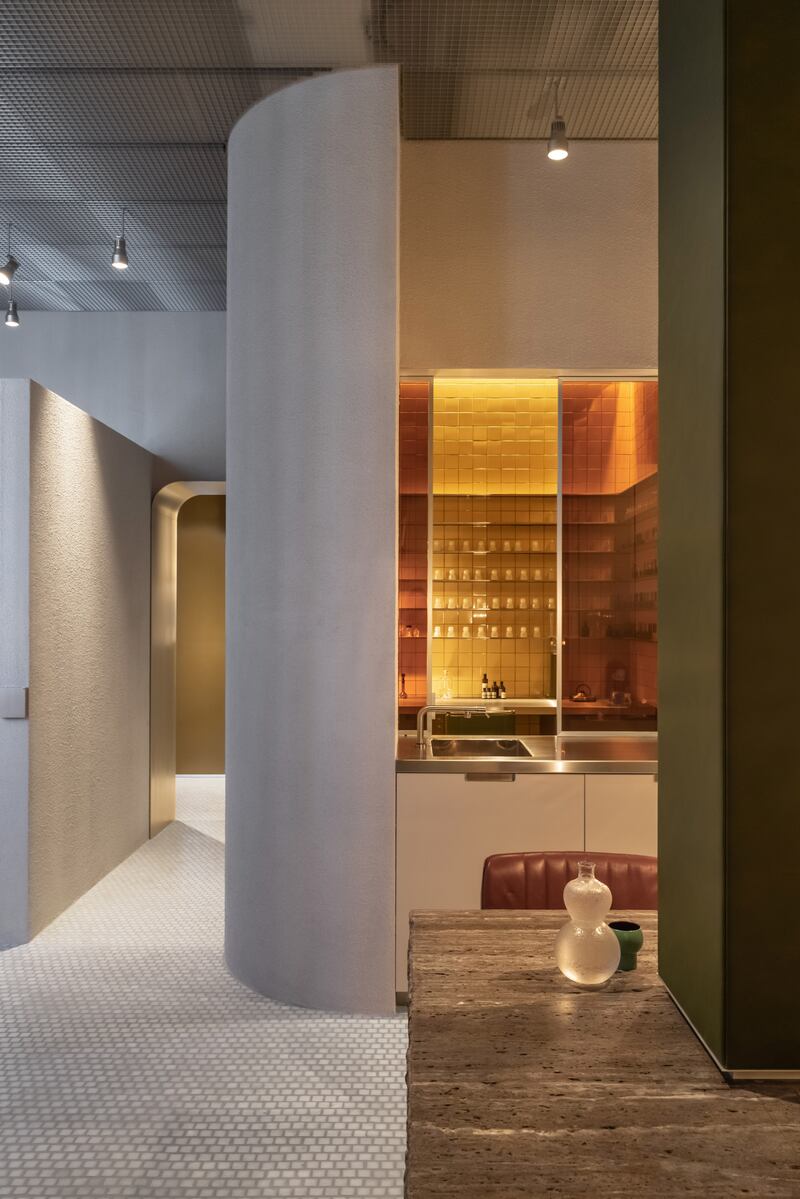
Arpa’s launch comes as the perfume industry pushes upmarket, with sales of super-premium niche fragrances from companies like Byredo and Le Labo doubling last year, compared with around 50 percent growth for the overall market, which remains dominated by advertising-driven commercial blockbusters. Top-end private lines from luxury brands like Dior’s “Collection Privée” (including €240 Bois D’Argent and Ambre Nuit) and Chanel’s “Les Exclusifs” also surged, growing 85 percent in 2021 according to consultancy NPD.
Arpa is positioned a cut above even those luxe names, at €265 for a kit: each blown-glass vial is currently sold with a refill, a funnel and a vinyl of the accompanying music commissioned for the scent by the “institute of synesthesia.” The perfumes are encased in a waxy housing that can serve as a travelling case or be used as soap (the idea is to evoke a sort of multi-sensory time-capsule).
The concept seems to beg for editing and simplification — and Fillion says simpler, more accessibly priced formats are on the way. Smaller vials will be rolled out along with a line of leather perfume accessories, including wearable perfume-case lanyards, devised by former Hermès designer Isaac Reina.
For now, the high price point and somewhat elaborate concept haven’t stopped the brand from winning orders, with stockists including e-tailer Ssense, Dover Street Perfume Market in Paris, Andras Murkudis in Berlin and Maryam Nassir Zadeh in New York.
“We were attracted to what Barnabe Fillion created at Arpa Studios because it’s a complete sensory experience … In addition, the hand-blown and refillable glass bottles are an exquisite objet,” Ssense merchandising executive Lori Legaspi Moores said.
Fillion says that after funding Arpa himself in its first year, he’s weighing taking on investors to help it grow, particularly as the brand eyes opening its first boutique. The challenge, he says, is to find partners that won’t seek to realign Arpa with the perfume market’s commercial norms, but would rather respect the brand’s aim to serve as a laboratory for innovation.
“I know there is a value to [Arpa] — and the highest value is my passion. So, I am looking for investors that have the vision as I have,” Fillion said. “I wouldn’t dare sabotage this.”
 Opens in new window
Opens in new windowThe manufacturer of perfumes including CK One, Flower by Kenzo, and YSL Black Opium will now be controlled by a Dutch health and wellness manufacturer, with combined revenues surpassing sector-leader Givaudan.
The Spanish fragrance giant is taking a majority stake in the Swedish brand known for its crisp, minimalist branding and gender-free perfumes.
From fast-growing pure players like Amouage and Byredo to top-end launches from luxury's biggest names, the world of niche fragrances is getting a whole lot bigger.
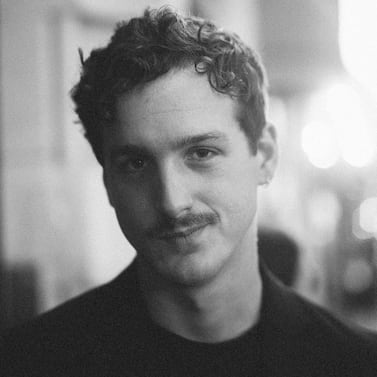
Robert Williams is Luxury Editor at the Business of Fashion. He is based in Paris and drives BoF’s coverage of the dynamic luxury fashion sector.
Going public is usually a pivotal moment in a company’s history, cementing its heavyweight status and setting it up for expansion. In L’Occitane’s case, delisting might be a bigger conduit for growth.
Brands say they’re barreling ahead with marketing and commerce on the app, even as the clock starts ticking for owner ByteDance to sell it or shut it down.
The Spanish beauty and fashion conglomerate’s smart acquisitions and diverse portfolio could be a big draw for investors. Plus, Adidas is set to confirm its stellar first quarter.
How not to look tired? Make money.